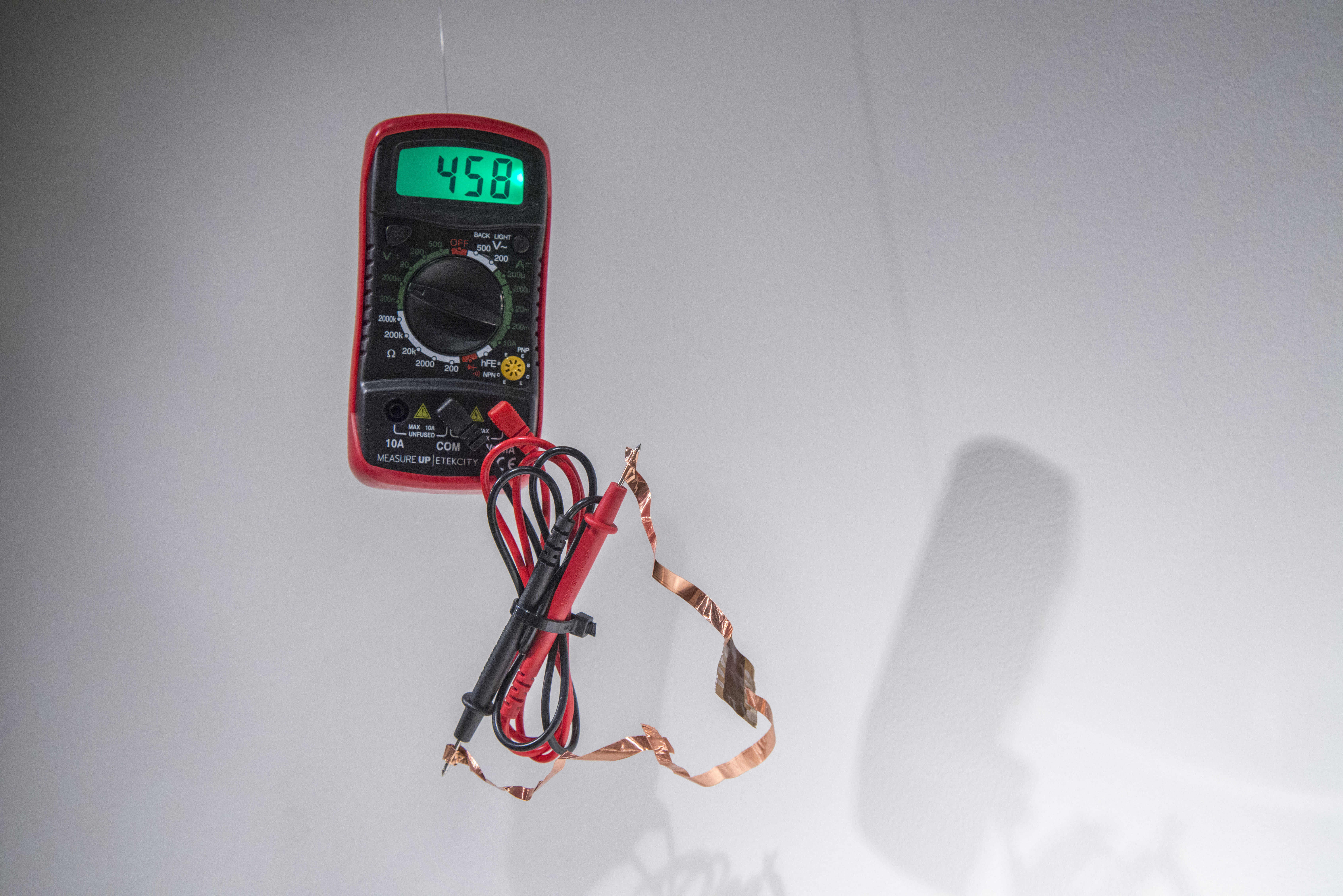Innovation Arts Professor James Sham's groundbreaking invention, "cellulose solar paper," has the potential to change our relationship with sustainable energy.
Sham, along with a group of researchers at the University of Texas at Austin, recently published an article in the American Chemical Society's journal Energy Letters in which they reported on the first nanocrystal photovoltaic (PV) devices made on paper—devices with the ability to provide power solutions for body-integrated electronics, paper LEDs and the Internet of Things, among other devices.
"Having developed a nanocrystal semi-conductor that was both sprayable and flexible, we had this material capable of producing solar panels in radical new ways," Sham says. "The problem had always been how to develop a solar panel that could actually make use of these unique mechanical properties in a viable manner. By using a bacteria-cultivated cellulose-based paper, we've found a solution that provides exceptional electrical and mechanical integrity, and has led us to rethink how energy can be harvested and distributed throughout the world."
The research is part of the Rapid Design Pivot program, developed by Sham and Brian Korgel, Ph.D., Edward S. Hyman Endowed Chair in Engineering and T. Brockett Hudson Professor in Chemical Engineering at UT Austin. The idea for the program is to embed artists into laboratory environments to conduct creative projects alongside and in collaboration with UT researchers, with the ultimate mandate that they collaborate, cross-pollinate and catalyze innovation.
"Cellulose solar paper has been a true cross-disciplinary and collaborative effort, bridging the research of two laboratories," Sham says. "I'm proud to say that this paper has contributors from each field, including faculty and students—undergraduate to Ph.D.—from the fine arts, engineering and natural sciences."
The public can view more of the research findings and projects that have emerged from the Rapid Design Pivot Program at UT Austin’s Visual Arts Center as part of the exhibition Omnibus Filing.


